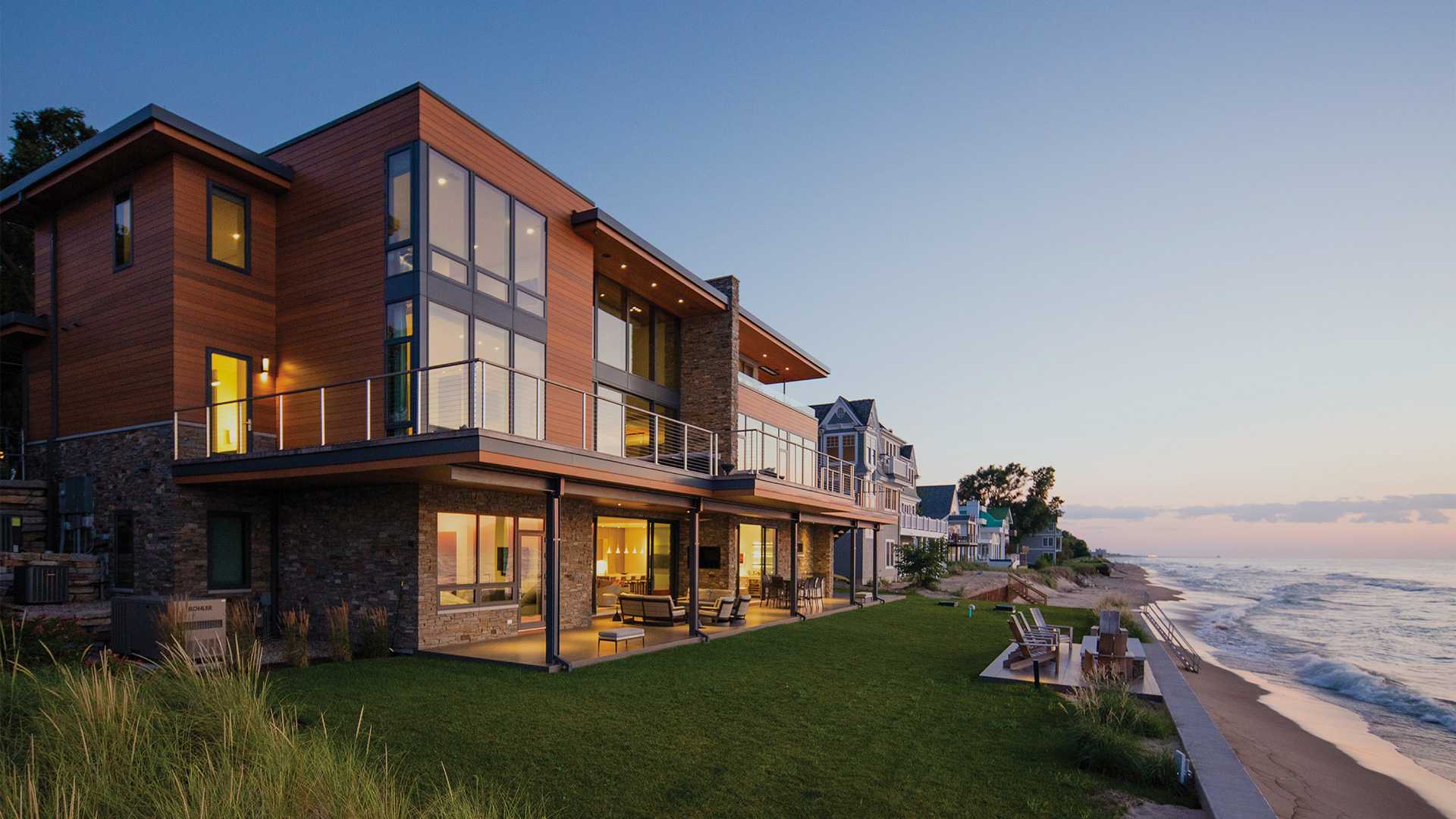Back
Back
Back
Back
Back
Back
Back
Back
Back
Back
USA & Canada
EPA Mandates New CCA-Treated Wood Regulations

Sign up now for our DIY Project Newsletter
Western Red Cedar – A Natural Alternative
VANCOUVER, B. C., Feb. 19 / PRNewswire/
As of Jan. 1, 2004, the Environmental Protection Agency (EPA) will no longer allow chromated copper arsenate (CCA) to be used to treat wood intended for most residential settings. This transition limits virtually all residential uses of wood treated with CCA, including wood no longer acceptable for use in play structures, decks, picnic tables, landscaping timbers, residential fencing, patios, walkways and boardwalks. Additionally, CCA-treated inventories will no longer be produced as of Dec. 31, 2003, and all remaining inventories exhausted by mid-2004 for the majority of consumer usage.
CCA-treated wood contains arsenic, a known human carcinogen linked to skin, bladder, lung, liver and kidney cancers, which can be particularly unsafe due to naturally occurring leaching over time.
“This action will result in a reduction of virtually all residential uses of CCA-treated wood within less than two years,” said former EPA Administrator Christie Whitman. “This is a responsible action by the industry that will ensure that future exposures to arsenic are minimized in residential settings.” Here are some common-sense tips for minimizing unnecessary exposure to CCA:
- CCA-treated wood should never be burned in open fires, stoves, fireplaces or residential boilers.
- Always wash hands thoroughly after contact with CCA-treated woods, especially prior to eating and drinking.
- Food should not come into direct contact with any treated wood.
Always follow the precautions outlined in the EPA’s consumer safety information sheet before working with CCA-treated wood. - When planning your next construction or building project, consider using alternatives.
An excellent, non-treated wood alternative is western red cedar. Renewable and biodegradable, cedar does not require chemical treatment due to its unique naturally occurring preservatives resistant to rot and insects.
Natural qualities of western red cedar make it an excellent choice for a wide range of building projects both inside the home and outside the home.. It’s naturally durable without the need for chemical treatment, dimensionally stable, resilient, and lightweight – unlike some plastic or imitation wood products.
When properly finished, western red cedar will last for decades, even in harsh environments.
© 2025 All rights reserved
Gatsby Website Development by Jambaree